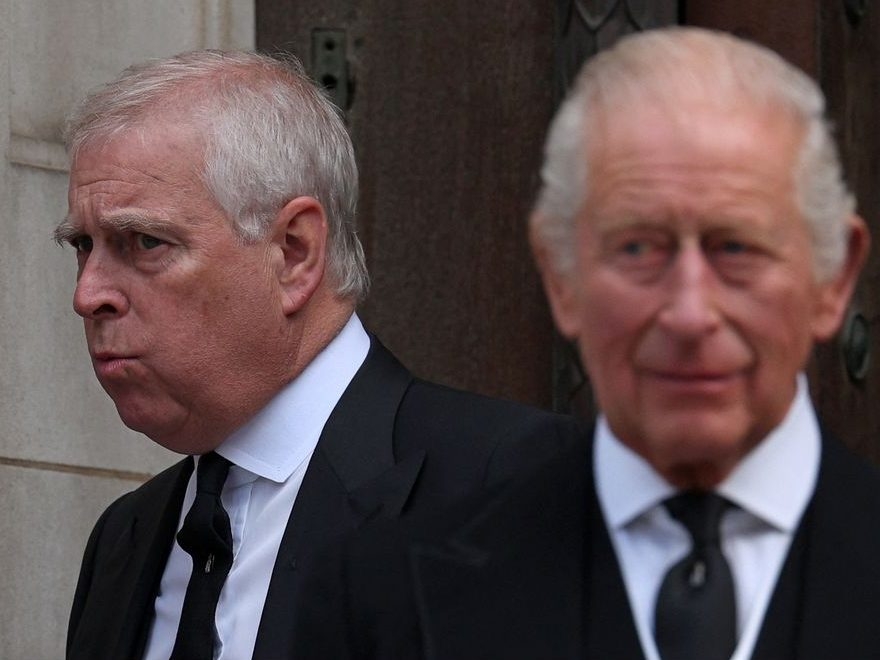The night air near Englewood, British Columbia, shattered with the relentless sound of gunfire, a chilling counterpoint to the horrified cries of onlookers. Witnesses described a scene of unimaginable distress as a large-scale ostrich cull unfolded, the echoes of each shot reverberating through the rural landscape.
Independent journalist Chris Dacey, present at the scene, reported hearing over a hundred gunshots. Floodlights illuminated the area as workers, clad in hazmat suits, herded the birds into a confined space – a “kill box” – before the shooting began. The sounds carried far beyond the immediate location, audible to those traveling on nearby highways.
The cull commenced just hours after the Supreme Court of Canada declined to hear an appeal from farmers seeking to save approximately 350 ostriches. This decision effectively sealed the fate of the flock, triggering a swift and brutal response from authorities.

The atmosphere was described as chaotic and deeply upsetting. People were visibly distraught, struggling to comprehend the unfolding tragedy. As the gunfire continued, RCMP officers arrived in force, their presence escalating tensions rather than calming them, according to reports.
Despite requests for confirmation, both the RCMP and the Canadian Food Inspection Agency remained tight-lipped. However, the expressions on the officers’ faces spoke volumes, painting a grim picture of the events unfolding under the cover of darkness.
The central debate surrounding the ostriches – whether they carried avian flu or had developed herd immunity – became tragically moot with each gunshot. Offers to conduct comprehensive testing were dismissed, eliminating the possibility of verifying the birds’ health status before the cull.

Karen Espersen, co-owner of the farm, vehemently maintained that her birds were healthy and that the destruction was unnecessary. She confronted the RCMP, passionately declaring, “Those are healthy birds. You are murderers.” Her pleas, and those of others, went unanswered.
Numerous parties offered to fund testing or relocate the ostriches to a sanctuary where they would be spared, but the government remained resolute in its decision. This inflexibility drew criticism, mirroring the rigid approach seen during earlier public health crises.
For weeks leading up to the cull, preparations had been underway. Dacey documented the arrival of specialized containers, the construction of platforms, and the presence of unusual vehicles, signaling the impending tragedy. The Supreme Court’s decision was widely understood as the final signal.
As the night wore on and the gunfire subsided, a sense of dread settled over those who remained. The fear was that by morning, not a single ostrich would be left alive, a devastating loss for those who believed in the potential for research and a more compassionate solution.
The scene highlighted a stark contrast between the government’s unwavering course and the heartfelt pleas of individuals who had grown to care for these unique animals, hoping for a future where alternatives to destruction could be explored.





